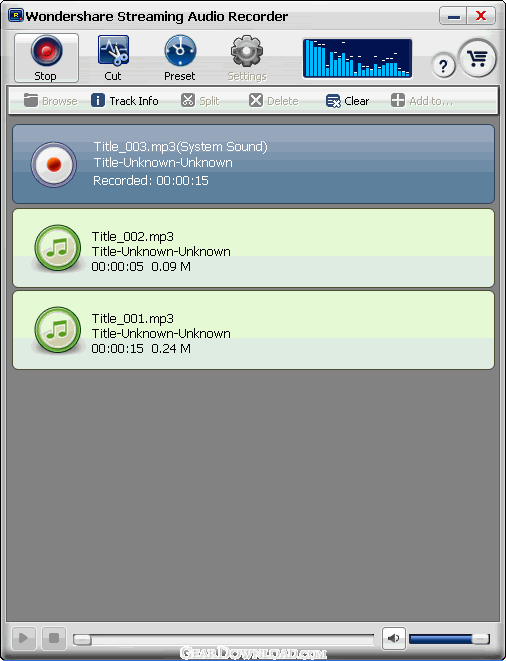
(iv) For all airplanes or rotorcraft manufactured on or after December 6, 2010, also meets the requirements of § 23.1457(a)(6) § 25.1457(a)(6) § 27.1457(a)(6) or § 29.457(a)(6) of this chapter, as applicable. (iii) Retains at least the last 2 hours of recorded information using a recorder that meets the standards of TSO-C123a, or later revision. (ii) Is operated continuously from the use of the check list before the flight, to completion of the final check list at the end of the flight and (i) Is installed in accordance with the requirements of § 23.1457 (except for paragraph (a)(6)) § 25.1457 (except for paragraph (a)(6)) § 27.1457 (except for paragraph (a)(6)) or § 29.1457 (except for paragraph (a)(6)) of this chapter, as applicable and (1) No person may operate a multiengine, turbine-powered airplane or rotorcraft that is manufactured on or after April 7, 2010, that has a passenger seating configuration of six or more seats, for which two pilots are required by certification or operating rules, and that is required to have a flight data recorder under § 135.152, unless it is equipped with an approved cockpit voice recorder that also. (2) If transport category, meet the requirements in § 25.1457(a)(3), (a)(4), and (a)(5) of this chapter. (1) Meets the requirements in § 23.1457(d)(6) or § 25.1457(d)(6) of this chapter, as applicable and (f) By April 7, 2012, all airplanes subject to paragraph (a) or paragraph (b) of this section that are manufactured before April 7, 2010, and that are required to have a flight data recorder installed in accordance with § 135.152, must have a cockpit voice recorder that also. (2) Recorded in accordance with paragraph (b) of this section and recorded more than 30 minutes earlier may be erased or otherwise obliterated.


(1) Recorded in accordance with paragraph (a) of this section and recorded more than 15 minutes earlier or (e) In complying with this section, an approved cockpit voice recorder having an erasure feature may be used, so that during the operation of the recorder, information:

No person may operate a large turbine engine powered airplane manufactured after October 11, 1991, or on which a cockpit voice recorder has been installed after October 11, 1991, unless it is equipped to record the uninterrupted audio signal received by a boom or mask microphone in accordance with § 25.1457(c)(5) of this chapter. (d) For those aircraft equipped to record the uninterrupted audio signals received by a boom or a mask microphone the flight crewmembers are required to use the boom microphone below 18,000 feet mean sea level. The Administrator does not use the record in any civil penalty or certificate action. Information obtained from the record may be used to assist in determining the cause of accidents or occurrences in connection with investigations.

(c) In the event of an accident, or occurrence requiring immediate notification of the National Transportation Safety Board which results in termination of the flight, the certificate holder shall keep the recorded information for at least 60 days or, if requested by the Administrator or the Board, for a longer period. (b) No person may operate a multiengine, turbine-powered airplane or rotorcraft having a passenger seating configuration of 20 or more seats unless it is equipped with an approved cockpit voice recorder that. (2) Is operated continuously from the use of the check list before the flight to completion of the final check list at the end of the flight. (a) No person may operate a multiengine, turbine-powered airplane or rotorcraft having a passenger seating configuration of six or more and for which two pilots are required by certification or operating rules unless it is equipped with an approved cockpit voice recorder that:


 0 kommentar(er)
0 kommentar(er)
